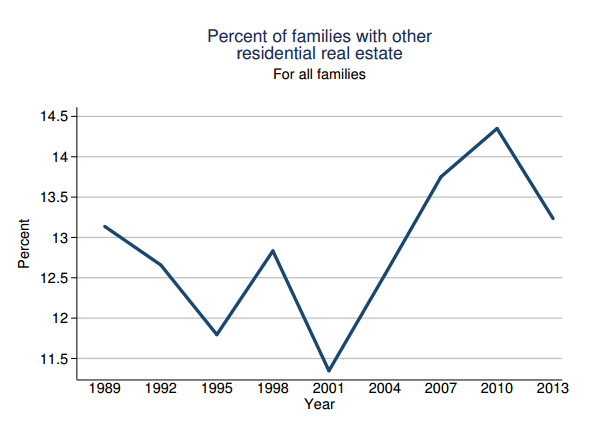 The WGC has revised its estimate of China’s 2013 consumer demand to 1,275 tonnes, up from their initial estimate of 1,066 tonnes.
The WGC has revised its estimate of China’s 2013 consumer demand to 1,275 tonnes, up from their initial estimate of 1,066 tonnes.
My research on the Shanghai Gold Exchange and the structure of the Chinese gold market was, inter alia, confirmed in September this year by the work of Na Liu (CNC Asset Management Ltd.). As myself Na concluded Chinese wholesale gold demand equals withdrawals from the Shanghai Gold Exchange and this is far greater than demand reported by the World Gold Council.
The World Gold Council (WGC) has never openly responded to my publications. However, Na met with the WGC Market Intelligence team, the discussion that ensued led the WGC to rectify their 2013 Chinese demand numbers. From CNC Asset Management, November 27 2014:
We are pleased to report that we just had an in-depth discussion with the Market Intelligence team of the World Gold Council (WGC). Our discussion focuses on how to explain the significant gap between China’s consumer demand of gold, as defined and reported by the WGC to be just over 1,000 tonnes in 2013, and China’s wholesale demand, as defined and reported by us to be about 2,200 tonnes based on the Shanghai Gold Exchange (SGE) vault withdrawals during 2013. The following are our takeaways from the discussion:
First, the WGC has revised up its estimate of China’s 2013 consumer demand to 1,275 tonnes, up from their initial estimate of 1,066 tonnes.
This post was published at Bullion Star on 4 Dec 2014.





















 Follow on Twitter
Follow on Twitter
Recent Comments